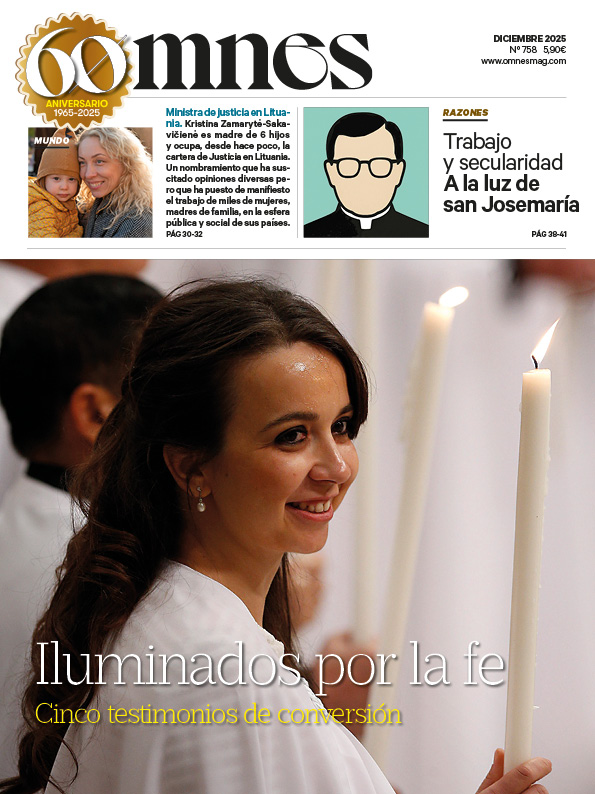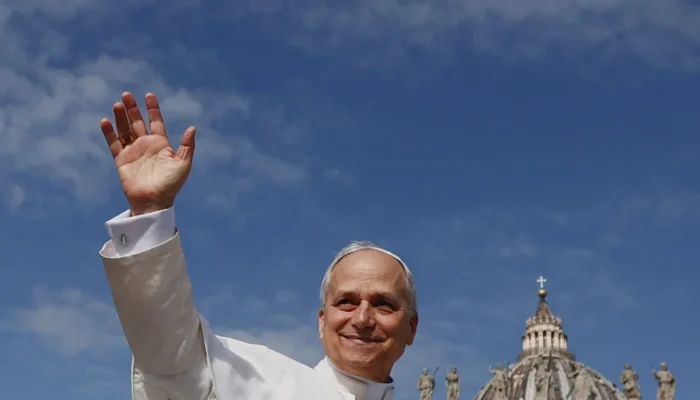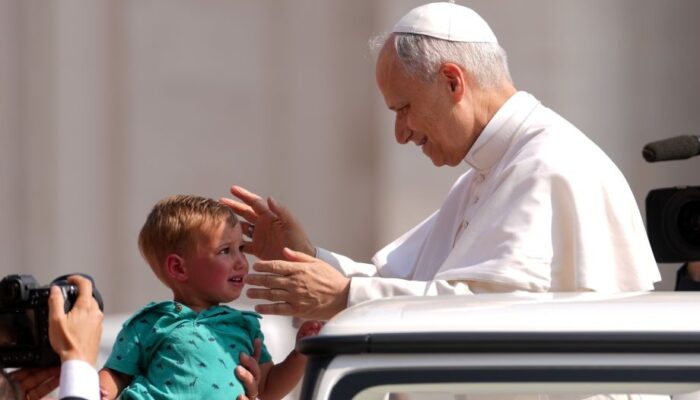Until recently, fathers working in Vatican City State had only one day off when their wives gave birth. In 2022, Pope Francis decided to extend that leave to three days, a change that was met with both joy and disappointment among workers, as they were expecting to receive a more significant increase.
This morning, Monday, August 11, Pope Leo XIV took a new step, approving the extension of paternity leave to five working days, with full pay. Despite this increase, the period is still very short compared to the regulations in European countries, where paternity leave ranges from fifteen days to six months.
Until 2017, maternity leave at the Vatican lasted a few days. From that date they were extended to six months, exceeding by one month the leave granted by the Italian state to women giving birth.
Why is paternity leave so short at the Vatican?
Extending paternity leave at the Vatican poses a particular challenge for several reasons. First, the majority of the Vatican City's lay employees are men, so any substantial increase in this leave results in simultaneous absences that complicate day-to-day operations.
In addition, the Vatican State lacks a flexible labor legislation that would allow it to reinforce its staff with agility: internal regulations and bureaucracy make it practically unfeasible to resort to temporary employment agencies to cover apparently simple functions, such as gardening, surveillance of the Vatican Museums or general maintenance. If both factors are combined, the picture is clear: either the Vatican introduces reforms to make its legal framework more flexible, or it will be very difficult for it to cope with the labor impact of these new measures.
New public procurement regulations
A 48-page document containing the Vatican's new regulations for public procurement was published last Saturday. Among its main objectives is to prevent the direct selection of contractors and suppliers, promoting instead more transparent and competitive processes. However, this reform does not introduce measures that prioritize the hiring of personnel for periods of less than one year, which in practice makes it difficult to cover short replacements, such as those resulting from leaves of absence of a few weeks or months.
It is striking that the Secretariat for the Economy of the Holy See, headed by Prefect Maximino Caballero Ledo - a 65-year-old Spanish layman - is publishing so many norms in the middle of August, and even more so if the dissemination takes place on a day like Saturday, when institutional and media activity is minimal.








